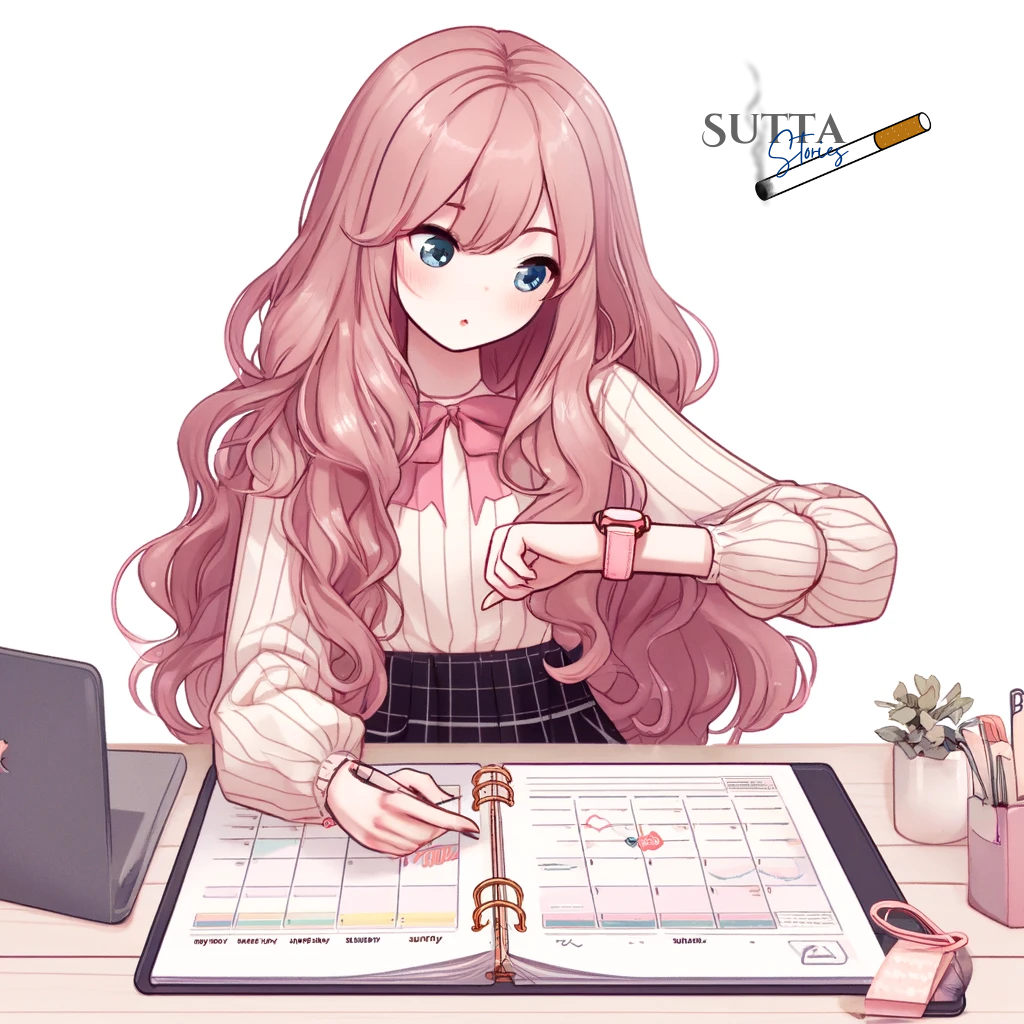It happens again: you realize that you have a to-do list at the end of a long workweek and you start to feel anxious. Since there is not much to do, the frustration of another day that seems to have been wasted descends, too.
Although many employees find themselves in similar situations daily, it raises an important question: Do you feel that you are making the most of your productivity, or are you simply trudging along? In simple terms, productivity is not the mere completion of the tasks, but a genuine accomplishment of the objectives.
Furthermore, we will talk about the reasons conventional productivity methods usually are ineffective, as well as the ways how scientifically proven techniques can be used to increase output rates in a way that secures mental health and job satisfaction.
Try putting some of these productivity tips into practice if you want to increase your output:
Understanding Productivity Beyond the Buzz
It is easy to mix up exhausting "busyness" with real productivity. The crux of effectiveness lies in the wise handling of time, and not merely in the quantity of hours worked. Productivity at its truest, however, involves completing what's most essential rather than merely killing time. Hence, this differentiation is vital to prevent burnout and make sure that the work is enjoyable. If you are confused by the noise and you are not sure which strategy is the best for you, then how do you go through the noise and identify tactics that are truly effective for you?
It starts off with devising your strategy, planning your work in a way that will mesh with your natural cycles and making sure that you end up feeling proud of every day you put in. Now, let's examine how you can have a meaningful and productive working day.
The Science of Productive Work: Tuning into Your Ultradian Rhythms
Did you know your energy levels fluctuate naturally throughout the day? These fluctuations are called Ultradian Rhythms. In order to reduce weariness and increase productivity, this exercise is essential. You can complete more tasks with less effort if you use it. Following your body’s natural energy levels makes the process more fluid, as opposed to attempting to force productivity and get things done.
Consider it as swimming downstream instead of against the river's current. It follows that becoming "in the zone," or operating in a flow state, is significantly easier as a result. Resting helps keep fatigue from setting in once you've reached your productivity limit.
Building a Realistic To-Do List
Overloading our To-do List is a common mistake we all make. It's best to only have 7-8 tasks as it will be easy to manage them. To-do lists are essential if you want to be well-organized at work. Utilizing them will guarantee that:
Don't forget to do all the required chores.
You don't waste time on unimportant activities; instead, you start with the most crucial ones.
Numerous minor tasks don't cause you concern.
Make a list of everything you have to do first. Next to each activity, indicate its level of importance by assigning a priority ranging from A (extremely important) to F (unimportant). Rewrite the list in this priority order. Next, do the tasks that are highest on the list first. These are the most crucial and advantageous activities to finish.
The Power of Single-Tasking
A common misconception about multitasking is that it makes us believe we can handle more than one task at once. However, this is a risky habit that shouldn't be followed. Single-tasking enhances creativity, lowers stress levels, and is a considerably more efficient approach to finishing microtasks.
Learning to focus on one thing takes time, but it is worth the effort because we have grown accustomed to so-called multitasking. You will probably become more productive and eventually more successful if you keep distractions out of your environment, practice focus-boosting tactics, and take regular breaks.
Designing a Productive Workspace
An untidy workspace reduces output and introduces unneeded distractions. Disorganized workstations and workspaces cause employees to lose important time looking for necessities, which lowers productivity. It is also difficult to prioritize work and concentrate on important responsibilities when there is clutter. Clutter may be overwhelming and stressful, which makes it difficult for workers to focus and give their best work.
According to research, a clutter-free workspace benefits an organization in the following ways:
64% of workers say that working in an organized atmosphere inspires and motivates them more.
Employee satisfaction rises by 67% in clutter-free environments.
83% of workers think that having a neat and tidy workstation encourages creativity.
An organized workstation yields an 88% improvement in productivity.
Smart Scheduling and Breaks
"Turning Time into Treasure" shows you how to schedule wisely, a tactic that maximizes output while guaranteeing that every second matters in the pursuit of your goals—all without compromising pleasure.
80% of outcomes are thought to occur from 20% of work, according to the Pareto Principle, also known as the 80/20 rule. To schedule according to this approach, you must first determine which tasks will have the biggest influence on your objectives and then set out prime time for them.
Although peak productivity necessitates both focus time and rest, smart scheduling recognizes the human factor. Buffer intervals, which enable the mind to relax and reset between jobs, can improve creativity and help avoid burnout.
Prioritizing Well-being Outside Work
We often trade our mental health for career success in today's cutthroat environment. Our attention is diverted from our body and mind as we focus more on moving up the ladder. Ignoring our mental health can have serious effects, including anxiety disorders, depression, burnout, and physical illness. However, we tend to convince ourselves that it's either temporary or necessary for success.
Understanding your boundaries is important because you must know when to give up. Pay attention to your body's and mind's signals when they indicate that you've reached your limit. Taking a break or even ending the day early is acceptable.
Embracing Flexibility and Mindfulness
The practice of mindfulness involves paying close attention to what is going on in the present moment. Giving your all to the activity at hand rather than worrying about the outcome (and how it may affect you) is a component of living in the present. Being productive comes naturally from this since you keep your attention on your work rather than on the undefined future.
Although mindfulness may be solely associated with yoga and relaxation, it is much more than that. You can experience the following advantages at work if you practice mindfulness:
Enhanced Focus: Being mindful helps you focus on the current task by minimizing outside distractions.
Decreased Stress: You can acquire better stress management techniques by practicing mindfulness and embracing a beautiful mind.
Enhanced Creativity: Being mindful promotes unconventional thinking, which enables you to approach issues from new angles.
Improved Relationships: Being mindful increases your capacity for empathy and understanding, which improves your interactions with coworkers.
Conclusion
The majority of us are really busy. However, despite having the best of intentions and great expectations, it might be challenging to stay motivated and maximize your working hours.
You won't be at your best all day, every day—after all, you're only human. However, there are still a lot of things you can do to increase your productivity and make that final look at your (realistic) to-do list at the end of the day enjoyable instead of depressing.


















No comments:
Post a Comment